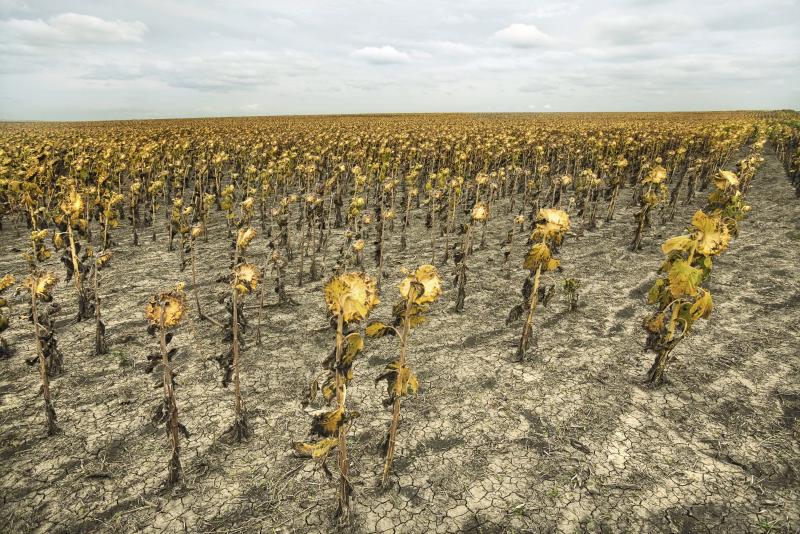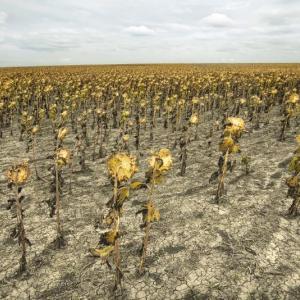Maine drought task force reports little change to statewide drought conditions
AUGUSTA — Maine's Drought Task Force convened Friday by virtual meeting to address continuing drought conditions across the state.
The state remains, per a news release, mostly in moderate or severe drought, due to lower than normal precipitation and higher than normal temperatures for this time of year.
Western Maine is experiencing either normal or abnormally dry conditions, due to higher amounts of rain in that area.
“We're not out of the woods yet, but there is a lot of good news in many parts of the state given the recent rain we've received,” said Maine Emergency Management Agency Director Peter Rogers. “We continue to be concerned with Aroostook County, which has seen below normal rainfall and continues to be in severe drought conditions for a third week.”
“Groundwater and streamflow conditions have improved into the normal or even above normal range for this time of year for western, southern and parts of central Maine,” said Nicholas Stasulis, Data Section Chief, U.S. Geological Survey. "In eastern and northern parts of the state, there has not been consistent rainfall, so conditions remain below normal. Parts of the St. John and St. Croix basins are of particular concern.”
“We have seen some improvement in rainfall amounts, mostly in southern and western Maine, but not in central and northern Maine,” said Tom Hawley of the National Weather Service in Gray. “The drought is not expected to worsen in the next seven days and could even improve.”
The Maine Department of Health and Human Services, Center for Disease Control, Drinking Water Program (DWP) reports that they are continuing to monitor hydrologic conditions statewide and prepare suppliers for drought, but no public drinking water systems are currently reporting problems related to drought.
The Department of Agriculture, Conservation and Forestry reported continued impacts to crops, especially in Aroostook County.
The Drought Task Force is made up of state, federal and private scientific, agricultural, regulatory, water use and natural resources organizations and assists in monitoring, coordinating, and managing responses to droughts and recommends actions to minimize impacts to public health, safety, the environment and agriculture.
The Task Force will continue to monitor the situation and plans to convene again in two weeks.
Event Date
Address
United States
























